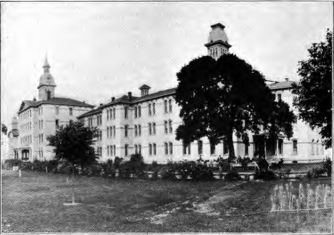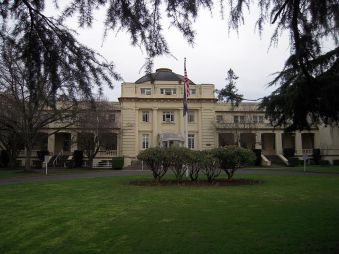In one of the Mythbusters’ mini-myths labeled “Dream Weaver,” the group examines the myth that it is better to stay in one lane while driving in heavy traffic than to lane change because the driver will still get to his or her destination in the same amount of time. This experiment had two different drivers race 50 miles from the Mythbusters’ lab in San Fransisco down to San Jose Tech Museum using the freeway during rush hour traffic to test this myth. One driver, a male driver with no passenger, picked the middle lane to drive in and made no lane changes at all. The other driver, a female who had a passenger with her, constantly weaved through lanes trying to stay ahead by picking the “right lane” at the best times.
This experiment had a great question and it was definitely a very testable experiment, using only a few vehicles, two drivers, and the freeway. The experimenters did a good job of getting the same or similar cars to drive, both were small SUVs. The cars left at the exact same time and we’re both on the same freeway at the same time, facing the same traffic; all needed for proper outcomes in this experiment. There were, however, multiple weaknesses found throughout this test that should be noted. The setting and environment, for example, was traffic at 7:30 in the morning on a freeway in San Fransisco. What if 5:00 traffic in the same location produced a different outcome than the 7:30 test? What if the experiment was done at that same time but in New York City instead, where there are many more people who walk instead of vehicle transportation? Would it have showed different outcomes there? The environment they chose was too specific to make such a broad and general conclusion. Another observation that could be made was the drivers chosen and the different possible ways they drive. They had two cars, one with a male and the other female. One car included a passenger, the other did not. How do we know that if both cars were to only pick one lane to stick to, that they would’ve arrived at the same time? It is very likely that these two drivers were different in how they drive and how the presence or absence of a passenger influenced them to drive. A way that could have improved this problem is perhaps using the same driver and conduction multiple tests.
Mythbusters is an interesting show that does a great job of finding the questions or “myths” that people often wonder about in life. With some more careful consideration on their variables and how the go about these experiments, the show could be even more helpful and popular than it already is.
http://www.discovery.com/tv-shows/mythbusters/videos/dream-weaver/


